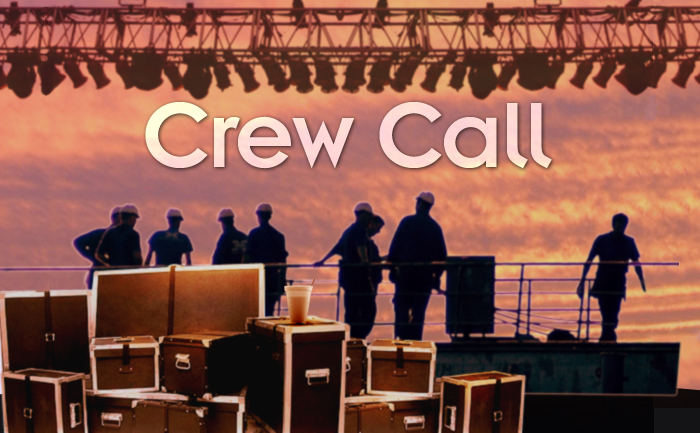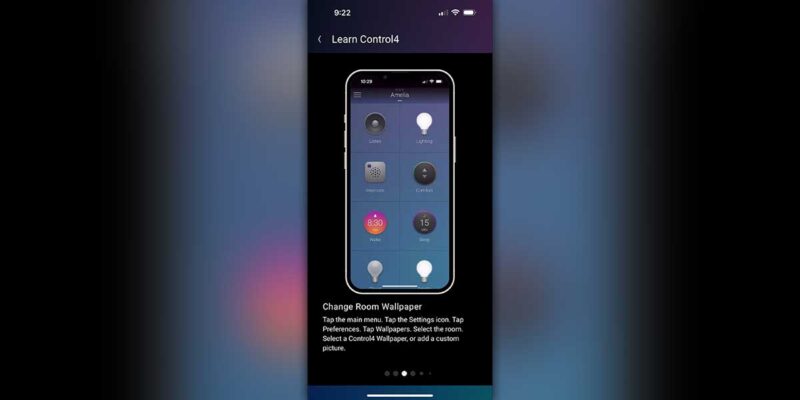Defining AVaaS for Stagers
 Over the last year or two, I have been reading with increasing frequency about AVaaS, or “Audio Visual as a Service.” In particular, I’ve been paying a lot of attention to the writings of my friend Gary Kayye. Gary is one of the best I have ever met at analyzing a product in our industry and predicting its future. So I usually pay attention when he writes.
Over the last year or two, I have been reading with increasing frequency about AVaaS, or “Audio Visual as a Service.” In particular, I’ve been paying a lot of attention to the writings of my friend Gary Kayye. Gary is one of the best I have ever met at analyzing a product in our industry and predicting its future. So I usually pay attention when he writes.
However, this time I feel compelled to correct his perspective. Because, having spent the bulk of my career in the rental and staging area of our industry, I find the definition of “service” (as used in this new industry acronym) to be deficient. The new term seems to confuse the idea of paying for hardware and software as you use it, with actual service.
Personally, I believe that stagers have been providing a broader definition of “service” for many years, one that includes trucks, truss and trust (and lots and lots of coffee). People have always been able to rent or lease equipment and software from many sources, lots of them not even within what we consider our industry. But I have a deep-seated belief that “service” in our business goes a lot deeper than that, in that we also make have to make sure that things go well, that the presentation itself is actually a successful one.
So I have decided to broaden our definition of AVaaS by adding a number of the other terms that the S could stand for, but which have always been part of the definition to stagers:
Savvy
How many of you have noticed that when the AV crew arrives on site, they become responsible for EVERYTHING technical? From helping get the social media department online to figuring out the CFO’s new camcorder for him or her, we essentially have to take over responsibility for more than the show. We pretty much have to take on responsibility for everything that is powered with a battery and almost everything that draws wall current.
Sense
Many times, I have sat in preshow meetings trying not to be John Galt from “Atlas Shrugged.” Trying to be patient while answering questions like “I can see why we need two screens, but do we really need two projectors?” or having to explain why the giant balloon centerpieces were going to create an issue for the IMAG cameras.
Secrecy
By default, our crew is going to see many of the client’s secrets. We are going to see new products days before they are introduced to the public and find out about breakthroughs in many industries before they happen. I have always wondered why AV companies were not more frequently investigated for insider trading, but I have always appreciated the fact that the client had to trust us to see this kind of information.
Serenity
The stories of coolness under fire in our industry are what our legends are made of. When I first started in the business, Terry Friesenborg taught me that the first rule of staging was “act naturally and keep moving.” People in our industry constantly fix errors in other people’s work, on-the-fly, and manage to make the show look smooth. We run speaker support for one presenter, while trying to fix the broken computer of the next presenter. I have even seen an AV technician stand-in during rehearsals for a paid presenter who had had a heart attack offstage. The show goes on.
Scapegoat
And yes, I have seen more than one crew take the blame for errors that weren’t their fault. It can be painful, but one of the marks of a professional is running the show without letting ourselves become part of the show. I have seen technical directors and crew members smooth things over quietly and calmly at the time so that the client did not lose face. These are the kind of moments of professionalism that build trust between the client and the crew. How we recover from errors, ours or theirs, is a big part of being a pro.
Stability
Presentations and public events are times of stress for clients. Often, careers and organization reputations are on the line. Having professionals involved is one of the most important factors in ensuring their success. Understanding their goals, their presenters and their clients is a big part of what WE define as “service.”
So there, Gary.





